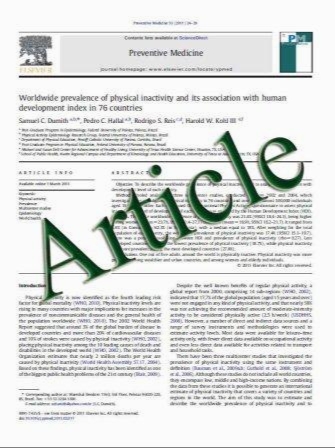Individualized volume CT dose index determined by cross-sectional area and mean density of the body to achieve uniform image noise of contrast-enhanced pediatric chest CT obtained at variable kV levels and with combined tube current modulation
- نوع فایل : کتاب
- زبان : انگلیسی
- مؤلف : Hyun Woo Goo
- چاپ و سال / کشور: 2010
Description
Background A practical body-size adaptive protocol providing uniform image noise at various kV levels is not available for pediatric CT. Objective To develop a practical contrast-enhanced pediatric chest CT protocol providing uniform image noise by using an individualized volume CT dose index (CTDIvol) determined by the cross-sectional area and density of the body at variable kV levels and with combined tube current modulation. Materials and methods A total of 137 patients (mean age, 7.6 years) underwent contrast-enhanced pediatric chest CT based on body weight. From the CTDIvol, image noise, and area and mean density of the cross-section at the lung base in the weight-based group, the best fit equation was estimated with a very high correlation coefficient (ã2= 0.86, P<0.001). For the next study, 177 patients (mean age, 7.9 years; the CTDIvol group) underwent contrastenhanced pediatric chest CT with the CTDIvol determined individually by the best fit equation. CTDIvol values on the dose report after CT scanning, noise differences from the target noise, areas, and mean densities were compared between these two groups. Results The CTDIvol values (mean±standard deviation, 1.6 ±0.7 mGy) and the noise differences from the target noise (1.1±0.9 HU) of the CTDIvol group were significantly lower than those of the weight-based group (2.0±1.0 mGy, 1.8±1.4 HU) (P<0.001). In contrast, no statistically significant difference was found in area (317.0±136.8 cm2 vs. 326.3±124.8 cm2), mean density (.212.9±53.1 HU vs. .221.1±56.3 HU), and image noise (13.8±2.3 vs. 13.6± 1.7 HU) between the weight-based and the CTDIvol groups (P>0.05). Conclusion Contrast-enhanced pediatric chest CT with the CTDIvol determined individually by the cross-sectional area and density of the body provides more uniform noise and better dose adaptation to body habitus than does weight-based CT at variable kV levels and with combined tube current modulation.
Pediatr Radiol (2011) 41:839–847 DOI 10.1007/s00247-011-2121-4 Received: 15 July 2010 / Revised: 15 December 2010 / Accepted: 2 January 2011 / Published online: 7 June 2011


